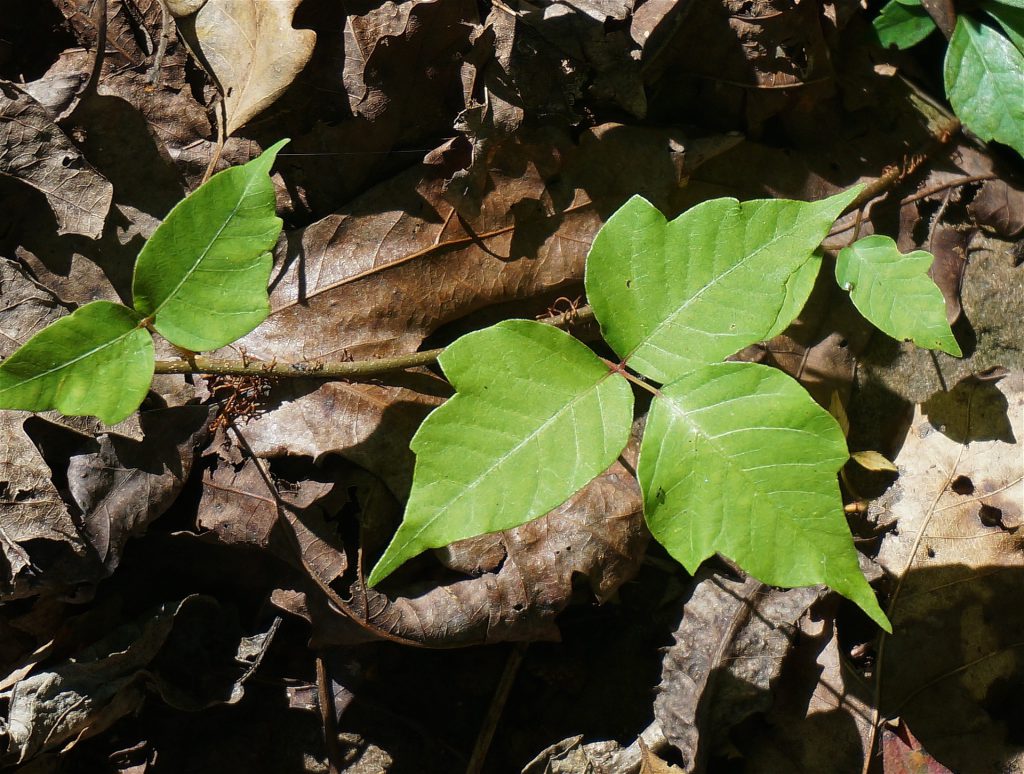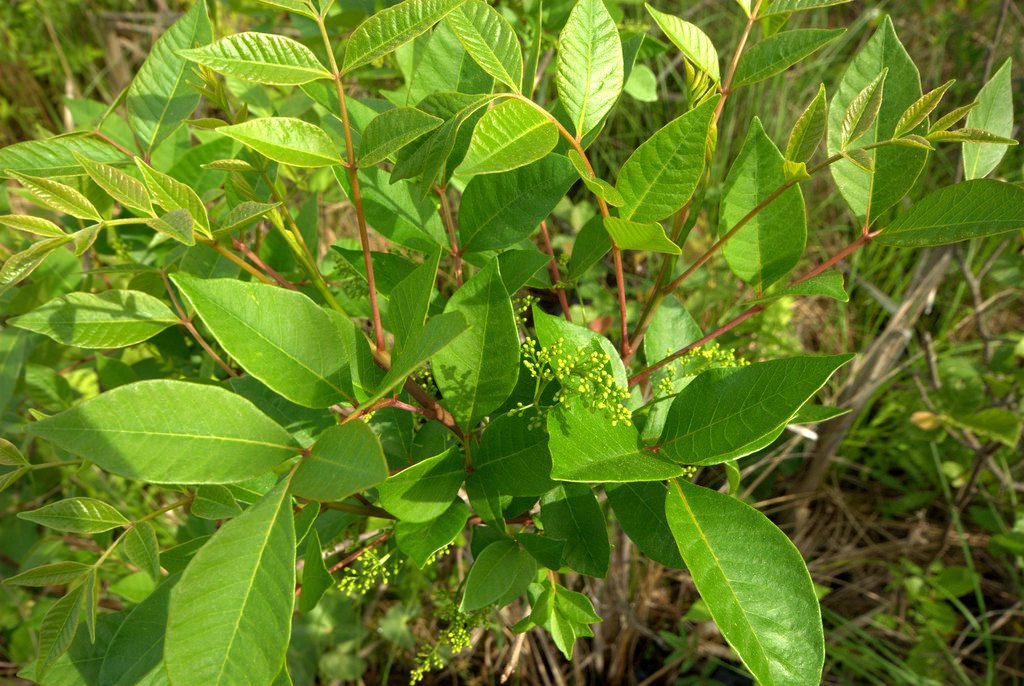Personal Safety
We encourage visitors of the Arboretum to always be aware of your surroundings and take precautions to ensure your personal safety. The Arboretum is open to the public and there are no emergency telephones. We encourage you to walk/run with a partner and carry a cell phone. Any reports of harassment, harm, or suspicious activity should be reported to Kalamazoo College Campus Safety (269.337.7321) and arboretum@kzoo.edu, or call 911 if an emergency.
Weather
Severe storms:
Severe thunderstorms can happen any time of year. In the case of a thunderstorm, there is no safe place outside during a lightning storm so you are strongly encouraged to seek indoor shelter. The only way to significantly reduce your risk of becoming a lightning casualty is to get inside a building or a hard-topped vehicle as fast as you can. If you are too far from a building to seek indoor shelter during a thunder storm, avoid open areas and stay away from isolated trees, powerlines, or utility poles. Learn more about outdoor weather safety from the National Weather Service. Check out a live radar also from the NWS (click just left of Kalamazoo on the map to see Oshtemo specifically) and/or the weather forecast for current weather details.
Severe Cold:
Michigan winters can become quite cold and if you plan to spend time outside you should become familiar with clothing options to dress appropriately in order to stay warm and dry. Frostbite and hypothermia are real hazards that can be avoided especially if you wear layers that keep you dry and protect your skin from exposure to the cold by wearing the right clothing. Learn more about smart weather dressing and winter sports basics through Recreational Equiment, Inc and the signs of frostbite or hypothermia.
Insects and Plants
Ticks
The Arboretum is home to ticks that are active throughout the warm weather months, April-October. Ticks are small animals that feed on the blood of mammals. You are encouraged to learn more about Michigan’s five most common ticks. Some species of ticks are very small and are known to carry Lyme disease, human anaplasmosis, and babesiosis. You should be aware of the symptoms of these illnesses so you can seek medical attention. Ticks climb to the top of a stem of grass and wait for a mammal (a dog, deer, rabbit, or you) to brush up against the grass. They grab on to the passing mammal and crawl around looking for an easy place to settle in for a meal. The best way to avoid ticks is to stay on trails and avoid walking through or lying down in grassy areas. Other strategies include wearing long plants, tucking your pants into your socks, spraying a repellent that contains pyretherum on your socks, pants and shoes and checking yourself and your clothing thoroughly after being outside.
Tick transmitted disease takes 24 hours or more to be transmitted once they begin to bite you. Please take the time to check yourself after being outside during the warm months, as you may be able to find any ticks before they have bitten you or any disease transmission has occurred. If you find a tick that has started to bite you, the best way to remove it is to use a pair of tweezers and grab the tick as close to the mouth parts as possible and pull directly out. If you are a student, the Kalamazoo College Health Center can assist you.
Wasps and Bees
Wasps and bees may be encountered at any time during the warmer months in the Arb, although they are more common as the summer progresses. Most stinging insects will not bother you if you leave them alone with the exception of ground nesting bees. If you step on a nest of ground nesting bees you should leave the area as quickly as possible. If you are stung, the best way to reduce swelling and pain is to ice the sting location. If you know you are allergic, we encourage you to obtain a prescription for an Epi-Pen and carry it with you when in the Arboretum.
Poison Ivy

Although the student trail crew removes poison ivy when it is growing on trails, it is still found at various places throughout the Arboretum. Poison ivy has leaves in groups of three, but this plant can take many forms. It can be a small, low plant, vine, or a fairly shrub. You want to avoid the oil found on the surface of the plants. You can get the oil on your shoes or pants and then later transfer it to your hands, face, etc. The oil causes a rash that shows up several days after exposure, and can last for 10 days to two weeks. Not everyone is sensitive to this plant, but many people report becoming sensitive to it after years of never having a problem. The best way to avoid the rash is to know how to identify the plant and avoid touching it. You may encounter poison ivy at any time of the year since it is a woody plant and the oil is present on the stem even in the winter. You can wash your hands with cold water and soap (hot water spreads the oil more) and your clothes and shoes to reduce your risk if you think you’ve been exposed.
Poison Sumac

The Boardwalk prevents poison sumac from harming students and faculty when they are studying the wetland, but awareness of the plant is important. This woody shrub or small tree can grow up to 30 feet in height and grows exclusively in very wet or flooded soils. Coming into contact with the oil found on any part of the plant can cause an allergic reaction, usually in the form of a severe skin rash. Please use the same precautions you would for poison ivy (fully covered body, washing hands), in order to avoid poison sumac, especially if you visit the Boardwalk. If you do come into contact with the poison sumac, a rash caused by the oil may start forming 12-72 hours after you come into contact with the plant/oil. The rash is not contagious and does not spread, and in most people, the rash goes away in a few weeks. If you have a serious reaction (swelling is a sign), please see a doctor right away.
